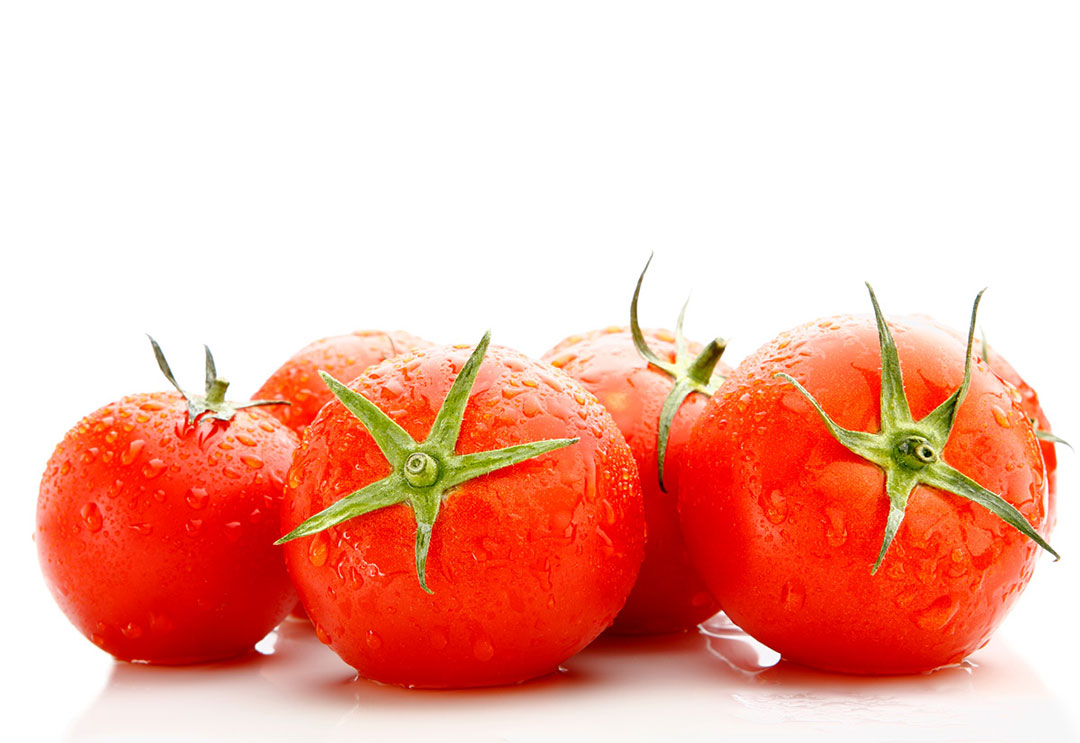By Christine Fitzgerald, Regional Director of Nutrition
Most of us have heard of gluten, a protein found in wheat that can cause widespread inflammation in the body. Americans have spent billions of dollars on gluten-free diets to protect our health, but what if we’ve been missing the root of the problem? Gluten is just one variety of a common — and highly toxic — plant-based protein called lectin.
Lectins (a protein found specifically in the seeds, grains, skins, rinds, and leaves of plants to protect plants from predators) aren’t just a cause of digestive upset, bloating, or inflammation — they’re actually designed to attack the body’s cells to discourage you from eating plants. Grains such as wheat are commonly associated with lectins. Still, most of the gluten-free foods usually regarded as healthy (quinoa, Greek yogurt, cucumbers, soy, all beans, agave, chia seeds, berries, brown rice, veggies, nuts, and cereal) also carry these proteins.
Once ingested, lectins can cause a cascade of health problems, such as high blood pressure, IBS, food sensitivities, vitiligo (patches of skin losing their pigment), diabetes, autoimmune disorders, weight gain, arthritis, heart problems, and other serious health conditions.
So what can you do to protect yourself from the dangers of lectins? Be more aware of what you eat and remove lectins from your diet. Here are some suggestions to help you out:
- Peel your veggies — Lectins are concentrated in plants’ leaves, peels, and seeds. Simply peeling and deseeding vegetables (like tomatoes and peppers) reduces their lectin content.
- Shop for fruit in season — Fruit contains fewer lectins when ripe, so eating apples, berries, and other lectin-containing fruits at the peak of ripeness helps to minimize your lectin consumption.
- Buy pasture-raised eggs — These eggs come from chickens that have been raised on green pastures their whole lives. On the contrary, other eggs come from chickens that are fed a handful of lectins, like corn, soy, and wheat. By eating pasture-raised eggs, you’re not getting lectin transference.
- If you like bread, make sourdough your first choice — Cultures with a history of grain-eating traditionally have used some form of fermentation to treat grains. The wrapped bread you find in the grocery store is made very quickly, with yeast going from flour to plastic in three hours or less. This doesn’t let gluten break down as it would in bread made with traditional methods, where fermentation takes place over 18-25 hours. The long fermentation process destroys the lectins, improving the digestibility of bread and lowering the glycemic index. Other things to keep in mind: (1) in France and Italy, where bread is produced by traditional yeast-rising techniques, all the bread is white, not whole wheat; (2) another choice for bread is sprouted grain bread, as the lectin content is lower.
- Buy grass-fed finished meats — Buying corn-fed meats, or even grass-fed meats where the cow is still fed corn and soy, leads to lectin transference into us. Grass-fed finished meats are like pasture-raised chickens: the animal is on green pastures all day with no added lectin-containing feed.
- Eat “safe” lectin foods — Asparagus, garlic, celery, mushrooms, and onions are some foods you can eat without restrictions. Other excellent choices are cooked tubers (root vegetables) such as sweet potatoes, yucca, and taro; leafy greens; cruciferous vegetables such as broccoli, cauliflower, and Brussel sprouts; and olives and organic California olive oil.
Lectin-free diets or seriously reduced lectin consumption is a prescription for health for all, young and old, food allergic or not. It’s about preparing our foods so that we can absorb nutrients, keep inflammation at bay, and age optimally.

Meet Christine Fitzgerald
Christine Fitzgerald is a two-time published author, a certified nutritionist, and holds a Master’s in Nutrition. Christine specializes in hormone education, testing, and balance; weight management; athletic performance; and recovery. She holds quarterly nutrition seminars across all ClubSport clubs.







